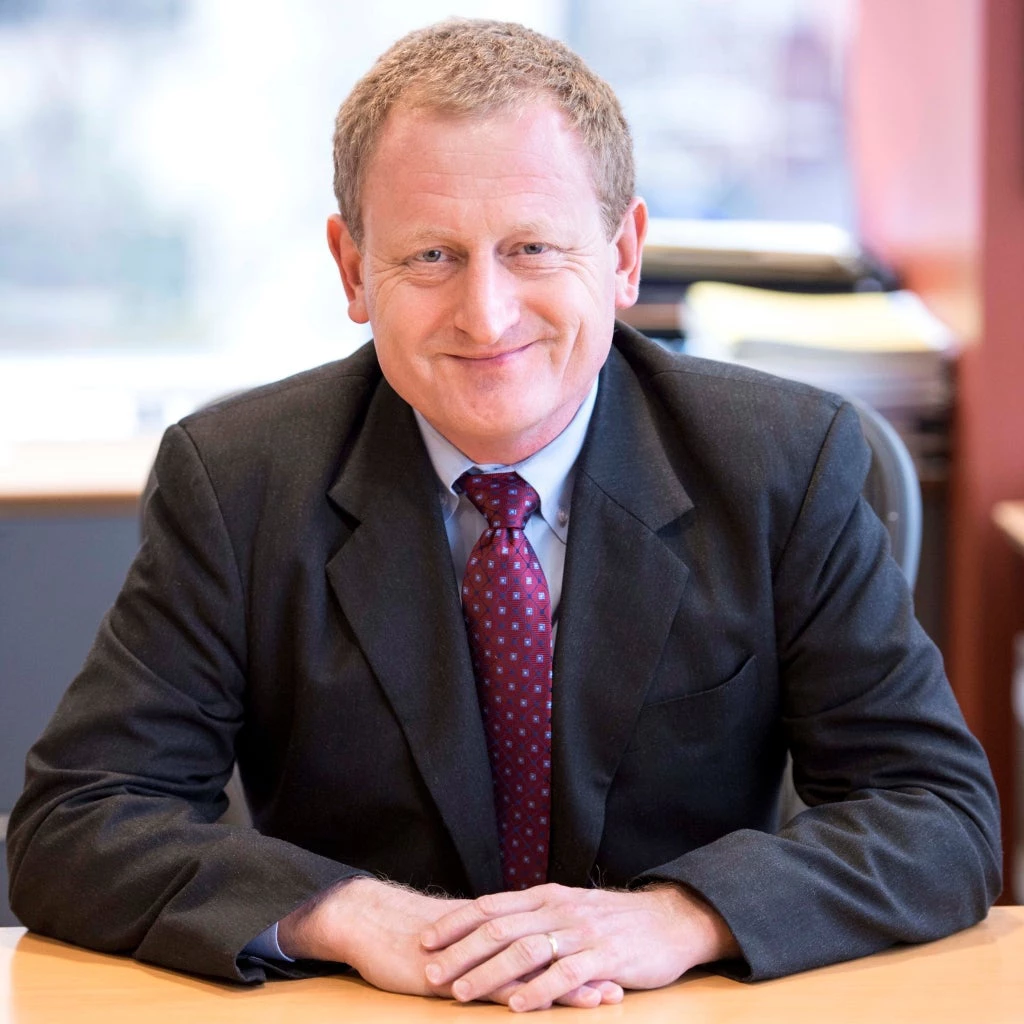 Dhaka accounts for one-third of the Bangladesh’s total population, one-fifth of national GDP and one-third of all jobs. Photo: World Bank
Dhaka accounts for one-third of the Bangladesh’s total population, one-fifth of national GDP and one-third of all jobs. Photo: World Bank
In March 2019, Bangladesh’s Prime Minister Sheikh Hasina reiterated the government’s objective of becoming an upper-middle-income country by 2031, as outlined in its “Vision 2021.”
As global experience has shown, no country in the world has moved up within the middle-income status without developing its cities. Most countries that achieved middle-income status, did so when the majority of their citizens were living in cities - high-income status is mostly accompanied with 70 to 80 percent of people living in cities.
Bangladesh is currently 38 percent urban. As its economy grows and more people move to urban centers, the country will need to ensure that fast-growing cities are livable and productive, and that the gains of urbanization are shared by all. Greater resilience and sustainability are key to achieving this goal.
However, Bangladesh faces challenges in the journey ahead. According to the World Bank’s recent poverty assessment, progress in national poverty reduction has been slowing down in spite of economic growth. The trend is especially alarming in cities like Dhaka and Chittagong. In these urban areas, manufacturing has the biggest impact on poverty reduction, but job growth has slowed down. Bangladesh’s biggest cities, which we expect would be driving national growth and prosperity, may, in fact, be slowing it down today.
Bangladesh’s path to upper-middle-income status will hinge particularly on leveraging Dhaka, its economic and political center. Dhaka, Bangladesh’s capital, is a “primate” city. Not only is it the country’s largest city, but it is also disproportionately larger than other Bangladeshi cities
Bangladesh’s path to upper-middle-income status will hinge particularly on leveraging Dhaka, its economic and political center.
In fact, Dhaka’s population is more than four times greater than that of Chittagong’s, Bangladesh’s second largest city. Dhaka accounts for one-third of the country’s total population, one-fifth of national GDP and one-third of all jobs.
Dhaka’s experience as a primate city is not uncommon. For most developing countries, urban concentration follows an inverted U-pattern: at first, as national incomes rise, the largest cities’ share of the urban population increases. Over time it starts to decline in favor of more equal spatial development. The tipping point is usually when national GDP per capita reaches the global average. Such trends tend to occur hand-in-hand with structural transformation, as the economy shifts away from agriculture and toward industry. Global empirical evidence shows that higher urban primacy can foster economic growth at earlier stages of development.
On the other hand, there is little evidence supporting the idea of cities being “too large”, or that there may be an “optimal” city size. The key is for cities to be well planned and managed, such that they can efficiently and sustainably provide services and economic opportunities for their residents – regardless of their size.

As experience in China and other countries has shown, restricting people from moving to the biggest cities is counterproductive – strong barriers to labor mobility constrain urban growth and may result in large income losses. In short, for a city like Dhaka, it is more costly to be too small than too large.
Dhaka’s experience as a primate city is notable, not for its urban concentration per se, but for its unrealized economic potential. While it has one of the highest population densities in the world, the economic density in Dhaka is in fact lower than other similar metropolitan areas. The concentration of GDP is $55 million per square kilometer, lower than other major primate cities in Asia such as Bangkok ($88 million) and Singapore ($269 million).
Moreover, the economic density in Dhaka’s core declined between 1996 and 2010, based on nighttime light intensity and economic census data.
Should Bangladesh look to secondary cities outside Dhaka to drive national economic growth and lift the country to upper-middle-income status? In other countries facing congestion and poor livability in their biggest cities, building new towns and relocating population often emerge as tempting policy options. The growth and prosperity of secondary cities should be supported, and efforts should be made to promote the development of a diverse and complementary system of cities.
Well-planned, compact, connected, and resilient cities can increase economic efficiency and boost competitiveness while improving livability and protecting the natural environment.
Bangladesh can achieve its economic growth goals by transforming Dhaka into a well-functioning, livable megacity. The key is to make its “economic mountains ”, such as metropolitan areas like Dhaka and Chittagong, taller, with higher economic density and more higher-value industries. For this to happen, investment in the largest metropolitan areas will need to be prioritized.
Well-planned, compact, connected, and resilient cities can increase economic efficiency and boost competitiveness while improving livability and protecting the natural environment. Global evidence shows that if well-managed, cities can spur economic development in two ways:
- Boosting incentives for investment through higher economic density and proximity – to support clusters of firms, and to more efficiently connect workers with firms.
- Increasing access to services, amenities, and housing for poor and middle-class residents.
To unleash Dhaka’s economic potential, the government will need a set of integrated policies that improve livability through the provision of infrastructure and basic urban services , and that promote more diverse and competitive economic activity in the city center and the periphery. More on this will be explored in the forthcoming blog series.




Join the Conversation